
via a Tour Bus
After living in Colorado for 15 years and exploring different geological formations around the world, I will always be attracted to unusual terrains. When I came upon the following description of a half-day Keelung, Taiwan excursion, I did not hesitate booking the tour.
Yehliu Park, a promontory stretching over a mile into the sea, revealing an amazing variety of rock formations.
My previous travel experiences had set my expectations high. Just last year, I visited national and state parks near Moab, Utah. My travels took me off the beaten track to a less visited state park, Goblin Valley State Park. There the rock formations resembled goblins and there were only a few other tourists.
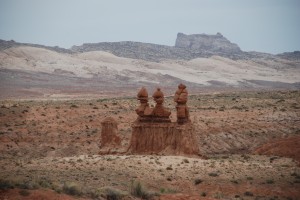
In other years, I had witness the spectacular beauty of the Hawaiian Islands and the Ramon Crater in Israel. I was eager to see what Yehliu Geopark had to offer.
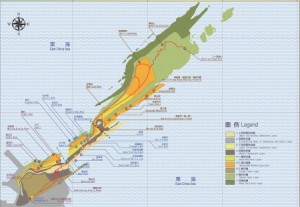
Courtesy of www.ylgeopark.org.tw
As I approached the entrance, I could easily measure the popularity of this Taiwanese destination. People were everywhere. Unlike geological parks in other parts of the world, this place was relatively small. From the entrance of the Yehliu Geopark to the end of the cape is less than 2 km while the widest area of the park is less than 300 meters.
What is the main cause of this Sea Erosion Landscape?
The surrounding waters of the East China Sea.
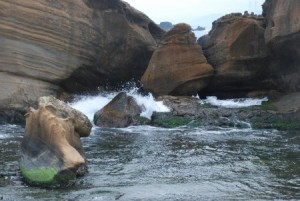
the rock formations at Yeliu Park
Yehliu Park is located in a temperate and humid climate and is in the direct path of the Northeast monsoons. Every year, months of intense waves erode the sedimentary rocks. This weathering effect changes the texture and composition of the limestone.
In various places, we observed weathering rings. The color of the rings was dependent on the minerals found in the water. Higher concentrations of certain materials created more intense colored rings. Sometimes the chemical reactions with the sand grains inside the rocks causes raised ridges to form.
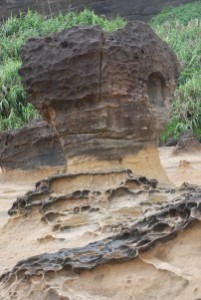
Yehliu Park is best known for its mushroom rocks that number approximately 180. These globe-shape gray colored rocks are perched on the top of thinner cream colored stone pillars. The top part of the mushrooms are covered with holes of different sizes and resemble honeycombs. Not surprising these notable rock formations are referred to as honeycombed rocks.
Mushroom rocks undergo a multi-stage eroding process that starts with no neck, progresses to a broad neck, and then ends with a narrow neck.
These unique formations are also located on the ground. The ones on the ground are called honeycomb weathering. The surfaces of these rocks are filled with marine eroded holes of a multitude of different sizes.
It was a challenge to take scenic pictures that did not include people or the red line that designated where you could not walk. Security guards with whistles warned those who crossed over the line.
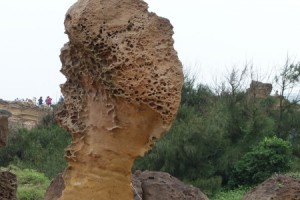
Yehliu Park
Throughout the park were rock formations that resembled different objects. Notable formations were nearby whenever we witnessed masses of people congregating in a specific area. Oftentimes, it was not possible to get a close up view unless you stood in a long line. My zoom feature came in handy when I saw the ridiculous line for Queen’s Head formation. While I honestly didn’t think much of this rock, many see the profile of Queen Elizabeth.
The puddling of seawater illustrates the ongoing process of erosion and the weathering of the rock. If you looked closely, wildlife was swimming in the water. In the background there are candle shaped rocks. Marine erosion creates the circular trench at the top and whenever time moves downward to create a shape that resembles a candlestick.
As the sea waves eroded portions of the cape, the land was worn down and narrow spaces developed. Small bridges connected the two parcels.
One had to be mindful wherever they walked. Occasionally, we observed people trip while walking on the uneven terrain and step into the abundant holes filled with water
After following the guide for a short time, we opted to explore the area on our own. We walked toward a hilly area that was at the tip of the cape. The land became narrower.
The crowds dissipated as soon as we started uphill. Since we did not have a map, we had no idea what was ahead of us. The sidewalk was surrounded by lush greenery and the air was filled with the sounds of birds.
We rounded a bend and came upon a group of people with very expensive cameras. Although none understood English, we presumed that they were waiting to take pictures of the birds and colorful butterflies that inhabited this peaceful sanctuary.
At the top of the hill was a covered structure that provided a wonderful vantage point of the vigorous waves hitting against the steep cliffs. It was an ideal spot for a picnic, but we did not have any food. Eventually, we left this amazing spot to join our tour group.
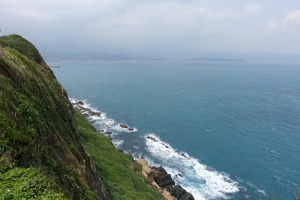 If you enjoy nature and can cope with busloads of tourists, Yehliu Geopark is a wonderful option for a half-day excursion in Keelung.
If you enjoy nature and can cope with busloads of tourists, Yehliu Geopark is a wonderful option for a half-day excursion in Keelung.
Related Posts
Precruise Exploration of Hong Kong
Fo Guang Shan Buddha Memorial Center
Exploring Southeast Utah- Little Wild Horse Canyon
Exploring Southeast Utah- Goblin Valley State Park
Sandra’s Bio
Sandra Bornstein is the author of MAY THIS BE THE BEST YEAR OF YOUR LIFE. It is available on Amazon. Sandra’s memoir highlights her living and teaching adventure in Bangalore, India. She is a licensed Colorado teacher who has taught K-12 students in the United States and abroad as well as college level courses. Sandra is married and has four adult sons. The memoir was a finalist in the Travel category for the 2013 Next Generation Indie Book Awards, the 2013 International Book Awards, the 2013 National Indie Book Excellence Awards, the 2013 USA Best Book Awards, and received an Honorable Mention award in the Multicultural Non-Fiction category for the 2013 Global ebook Awards.
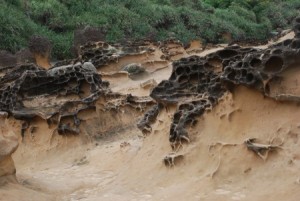
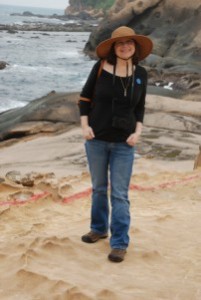
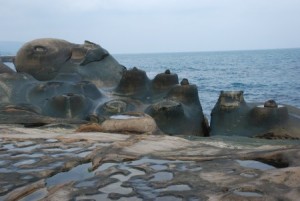
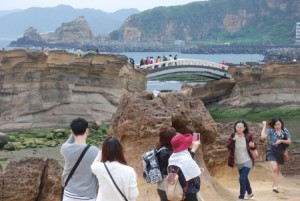
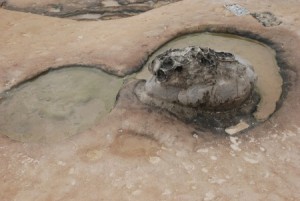
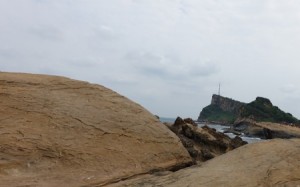
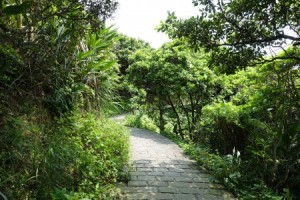
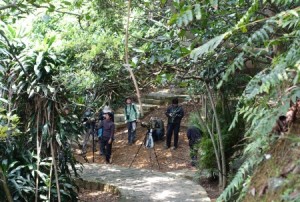
Leave a Reply
You must be logged in to post a comment.